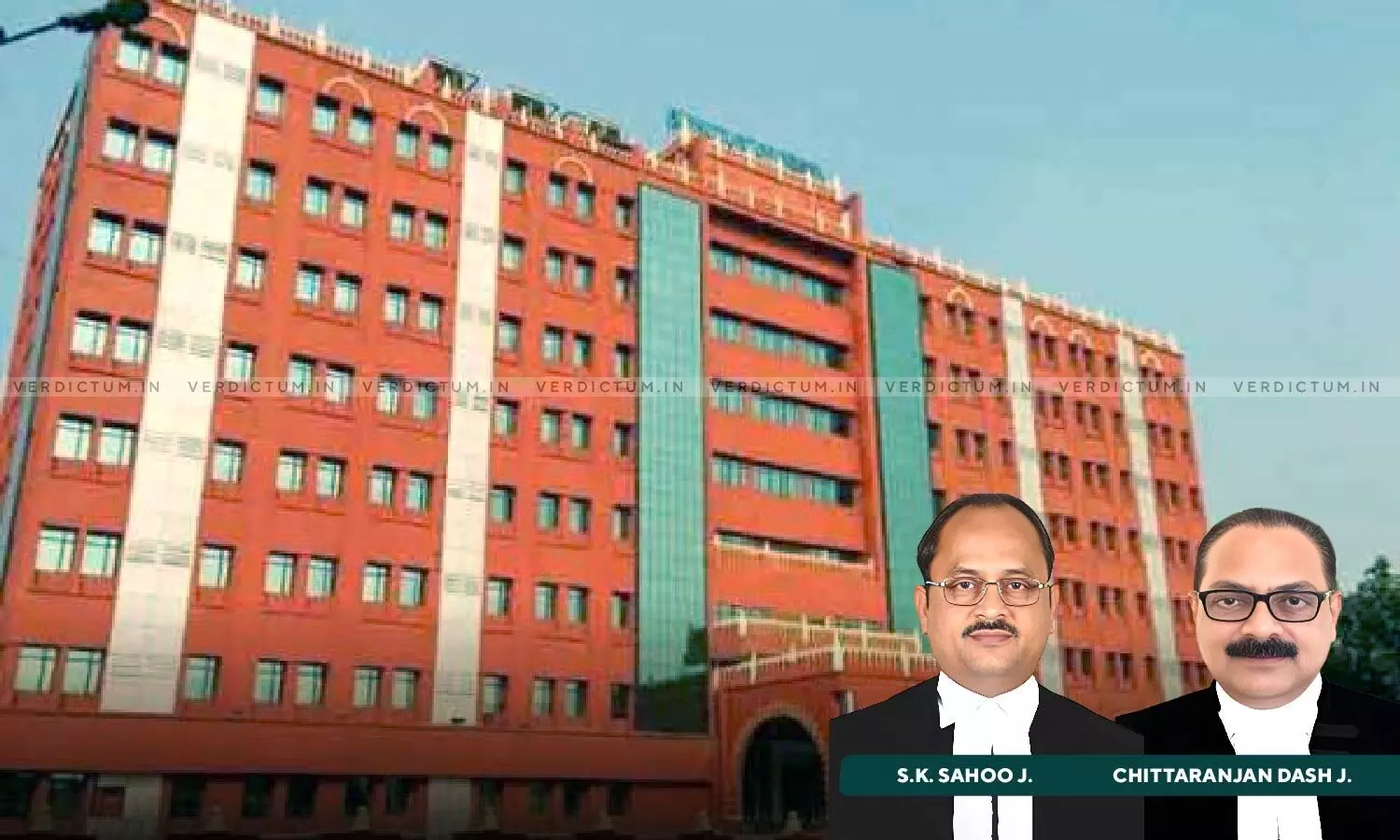
"Cruel & Ruthless, But Not Grotesque, Diabolical Or Ghastly": Orissa HC Commutes Death Penalty Of Man Convicted In Triple Murder Case
 |
|The Orissa High Court has commuted the death penalty of a man who was convicted in a triple murder case to life imprisonment.
The Court said that his acts, though cruel and ruthless, do not fully meet the threshold of being "grotesque", "diabolical" and "ghastly"."
In that context, the Bench of Justice SK Sahoo and Justice Chittaranjan Dash observed that, "The actions taken by appellant Nabin Dehury were certainly heinous. He killed three individuals using a tangia, two of them were women. These acts could be described as brutal due to the violent manner of the killings. However, while the murders committed by appellant Nabin Dehury are undoubtedly heinous and premeditated, several mitigating factors go against the imposition of the death penalty. They do not constitute offences that are defined above as "grotesque", "diabolical" and "ghastly". These terms cumulatively describe an offence that is shocking and gruesome to the extent that it causes a sense of horror and indifference, shaking the core of society... in our opinion, the nature of the murder committed by the appellant is heinous, the motive appears confined to a form of revenge, driven by annoyance and psychological distress. These acts, though cruel and ruthless, do not fully meet the threshold of being "grotesque", "diabolical" and "ghastly"."
The appellant Nabin Dehury was charged with murdering Giridhari Sahu by delivering fatal blows with an axe. Following this, he moved to another location where he killed Pirobati Behera and Sabitri Sahu using the same weapon. The appellant Hemananda Dehury was accused of assisting Nabin Dehury by restraining Sabitri Sahu, who tried to save Pirobati Behera. Hemananda was also charged with dragging Sabitri Sahu by her hair, enabling Nabin Dehury to fatally assault her.
After the police investigated and completed their charge-sheet under Section 302/34 of the IPC, the trial court convicted both appellants. Nabin Dehury was sentenced to death, while Hemananda Dehury received a life imprisonment sentence. The trial court referred Nabin Dehury's death penalty to the High Court for confirmation as per Section 366 of the CrPC. Both appellants then filed appeals against their convictions.
The Court addressed several key issues in the case. First, it acknowledged a discrepancy in the inquest report, where appellant Hemananda Dehury was incorrectly listed as an assailant. The Court determined that this error did not undermine the witness’s credibility, as the witness did not fill out the inquest report themselves. The Court also criticized the trial judge for not addressing inconsistencies between the witness’s statements recorded under Sections 161 and 164 CrPC, emphasizing that judges should actively engage in proceedings to correct errors and ensure justice.
Despite some contradictions, the Court found the testimonies of three witnesses, including two minor children, to be reliable. It noted that Nabin Dehury’s premeditation was evident from a long-standing civil dispute with the deceased and the choice of a deadly weapon. His actions, including a declaration of guilt and the recovery of the weapon, supported the prosecution's case.
The Court dismissed concerns about the weapon’s recovery and the timing of the FIR, finding the evidence satisfactory and the FIR timely despite initial arguments to the contrary. Regarding Hemananda Dehury, the Court found his act of restraining a victim contributed to a shared intention with Nabin Dehury in the crimes committed.
Finally, the Court deemed the death penalty for Nabin Dehury disproportionate, considering mitigating factors such as his mental health issues and background. It replaced the death sentence with life imprisonment without remission and directed compensation for the victims' families under the Odisha Victim Compensation Scheme, 2018.
Cause Title: State of Odisha vs Nabin Dehury
Click here to read/download the Judgment